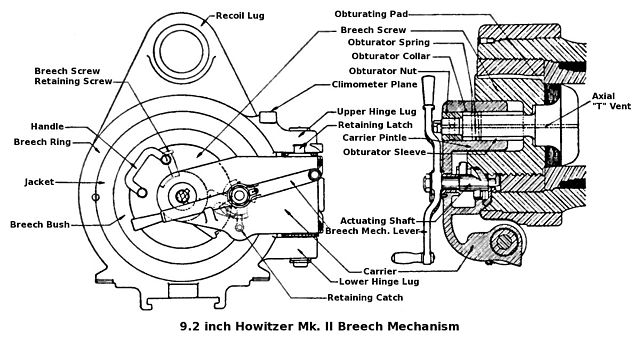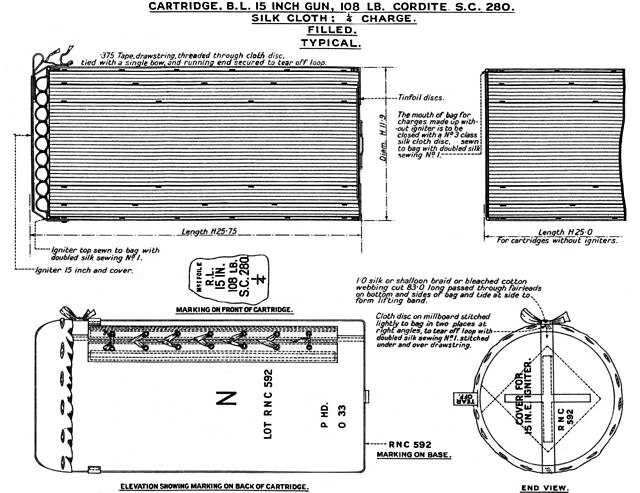The QF 3-pounder Hotchkiss or in French use Canon Hotchkiss à tir rapide de 47 mm were a family of long-lived light 47 mm naval guns introduced in 1886 to defend against new, small and fast vessels such as torpedo boats and later submarines. There were many variants produced, often under license which ranged in length from 32 to 50 calibers but 40 caliber was the most common version. They were widely used by the navies of a number of nations and often used by both sides in a conflict. They were also used ashore as coastal defense guns and later as an anti-aircraft gun, whether on improvised or specialized HA/LA mounts.
A Royal Navy 3-pounder gun on a central pivot mount in 1915.
Model of gun in French service on "elastic frame" mounting (affût-crinoline), at the Musée national de la Marine Paris.
The Noonday gun at Causeway Bay, Hong Kong
Two of the four operational QF 3 pounder Hotchkiss cannons aboard ARA Libertad
Glossary of British ordnance terms
This article explains terms used for the British Armed Forces' ordnance (weapons) and ammunition. The terms may have different meanings depending on its usage in another country's military.
Breech mechanism of BL 9.2-inch howitzer Mk II, showing position of obturating pad at far right
2 C.R.H. BL 9.2-inch howitzer shell, 1916. See "18.4 R" pointing to curve of nose
3 C.R.H. QF 4.5-inch howitzer shell, 1916. See "13.5 R" pointing to curve of nose
Cartridge in cloth bag consisting of 108 lb cordite SC 280 ¼ charge for BL 15-inch naval gun, WWII. Four of these cartridges were loaded together to make up the full service charge.








